Conclusion
The DHS anti-smoking advertising campaign clearly identified the tobacco industry as a threat to the public health, and the industry reacted quickly and vigorously to develop a political strategy to fight the media program. The industry learned from its defeat in the AB 75 battle that it would have to stay in the shadows and work through surrogates to fight the media campaign in the Legislature.
The schools did not threaten the industry. While some efforts to place tobacco industry materials were rebuffed in schools, the CDE leadership showed little commitment to anti-tobacco efforts. Many were even willing to cooperate with the industry in distributing its curricula, despite the fact that this material was widely criticized in the public health community. For the industry, the Proposition 99 programs in the schools posed no threat and even presented an opportunity to advance its own legislative strategy. Industry documents contained no strategy to kill off the schools program.
The media campaign and the local government programs were not so fortunate. The fight against anti-tobacco efforts at the local level, in fact, became a central piece of the industry strategy, one in which the industry would invest substantial time and money.
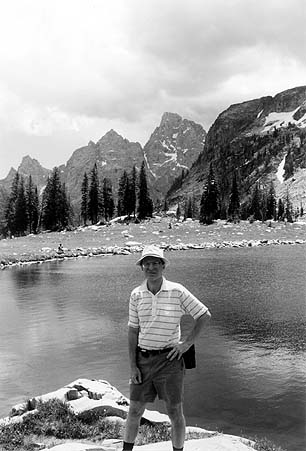
Peter Hanauer, one of the early leaders of the nonsmokers' rights movement in California, viewed secondhand smoke as an environmental problem, as opposed to a medical one. (Photo courtesy of P. Hanauer)
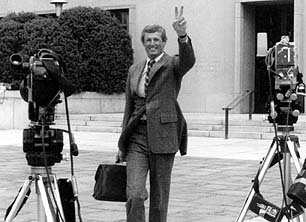
Paul Loveday joined with Hanauer to provide the core leadership of the 1978 and 1980 efforts to enact clean indoor air laws in California thorugh the initiative process. While the tobacco industry defeated these initiatives, non-smokers' rights advocates developed the political skills and strategies to defeat the tobacco industry at the local level. The photo shows Loveday leaving the US Court of Appeals in Washington after arguing that the Federal Communications Commission should require disclosure of tobacco industry sponsorship of advertisements in political campaigns. (Photo courtesy of P. Loveday)
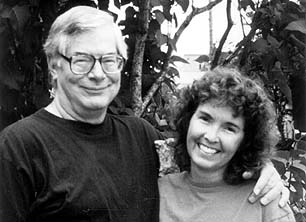
Curt Mekemson (shown here with his wife Peggy), working with environmentalist Gerald Meral, originated the idea of raising the tobacco tax and allocating a portion of the revenues to tobacco control. This idea was realized in Proposition 99. (Photo courtesy of C. Mekemson)
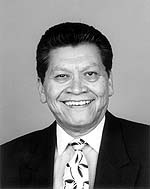
Tony Najera, the American Lung Association's lobbyist, joined Mekemson and others in developingand passing Proposition 99. Najera, a continuous presence in the Capitol, led insider efforts within the Legislature to implement tobacco control programs. (Photo courtesy of Tony Najera)
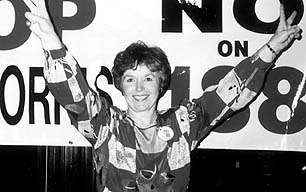
Carolyn Martin, a longtime American Lung Association volunteer, played a leading role in passing Proposition 99 and organizing the early opposition to the Philip Morris initiative, Proposition 188. She also served as the first chair of the Tobacco Education Oversight Committee. (Photo courtesy of C. Martin)
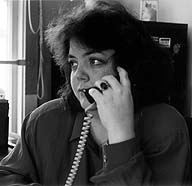
Julia Carol rose from secretary of Americans for Nonsmokers' Rights to become its executive director and the champion of local grassroots i efforts to protect nonsmokers. She also played a leading role in the 1996 public campaign to rescue Proposition 99 by moving from insider to outsider strategies. (Photo courtesy of J. Carol)

John Miller, chief of staff to Senator Diane Watson and the Senate Committee on Health and Human Services, was the primary inside player within the legislative staff who worked to support tobacco control efforts. (Photo courtesy of J. Miller)
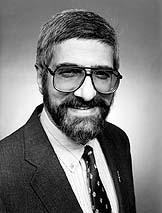
Dileep Bal, the head of the Department of Health Services Cancer Control Branch, which includes the Tobacco Control Section, provided the vision and bureaucratic savvy that helped California develop the most aggressive tobacco control program in the nation. (Photo courtesy of D. Bal)
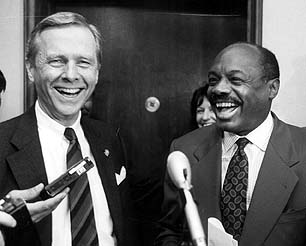
Republican Governor Pete Wilson (left) and Democrat Assembly Speaker Willie Brown (right) clashed on many issues but worked together to gut California's tobacco control program. (Photo by Rich Pedroncelli)
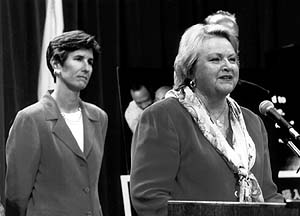
Sandra Smoley (right), secretary of health and welfare in the Wilson administration, voted against the Sacramento clean indoor air ordinance when she was a member of the Sacramento Board of Supervisors. She took the lead in forcing the California Tobacco Control Program to tone down attacks on the tobacco industry. Kimberly Belshe (left), director of the Department of Health Services, campaigned against Proposition 99 for the tobacco industry in 1988, then occasionally advocated for the Tobacco Control Program behind the scenes, but ultimately implemented administration policies to tone down the campaign. (Photo courtesy of California Department of Health Services)
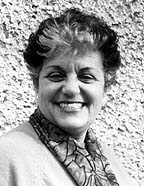
Jennie Cook, an active volunteer with the American Cancer Society who rose to become the national chair of the board, worked on tobacco control activities in California and became the second chair of the Tobacco Education and Research Oversight Committee. Cook generally avoided confrontation with the administration, but eventually took the lead in using TEROC as a platform to pressure the Wilson administration to strengthen the anti-tobacco media campaign. (Photo courtesy of J. Cook)
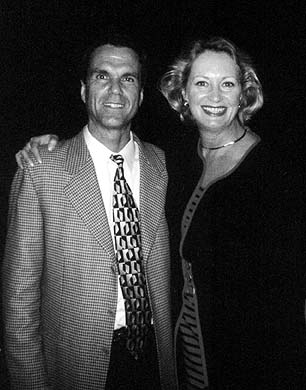
American Heart Association lobbyist Mary Adams (right) convinced Executive Vice President Roman Bowser (left) to join in an aggressive public campaign to force the California Medical Association away from the tobacco industry and hold Governor Pete Wilson accountable in the successful drive to restore funding for Proposition 99. (Photo courtesy of M. Adams)
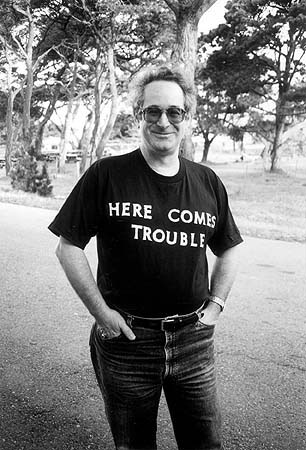
The staff of the Department of Health Services Tobacco Control Section gave UCSF Professor Stanton Glantz a t-shirt labeled “Here Comes Trouble” in honor of his role—both in public and behind the scenes— in pressuring the administration to strengthen the tobacco control program.